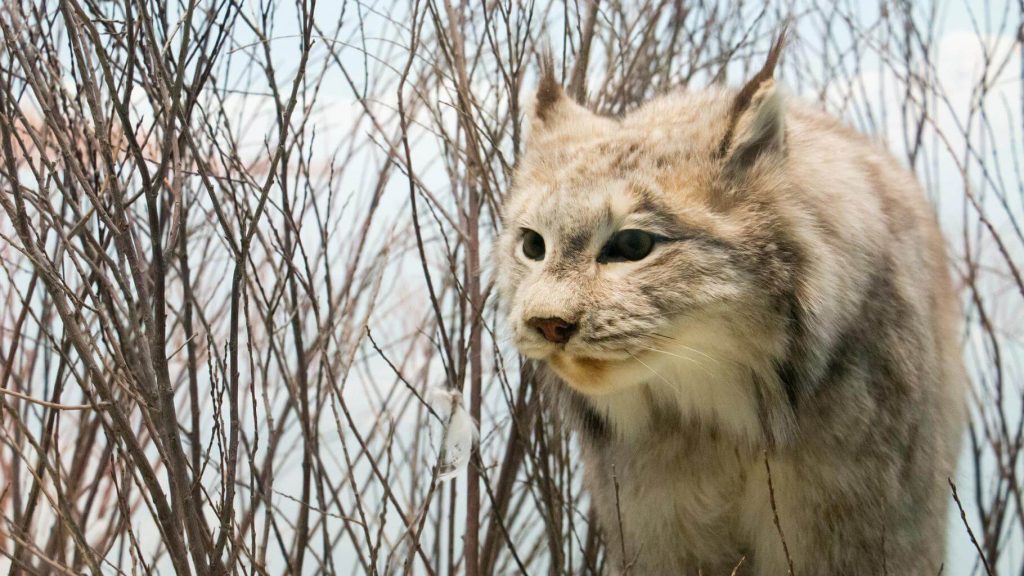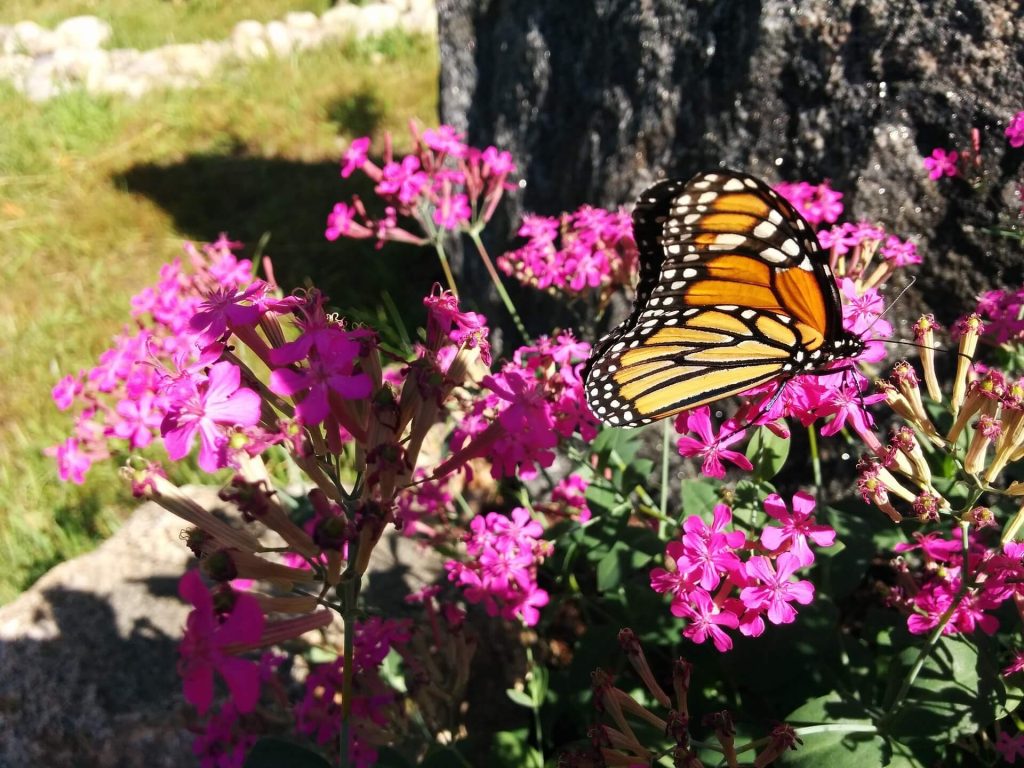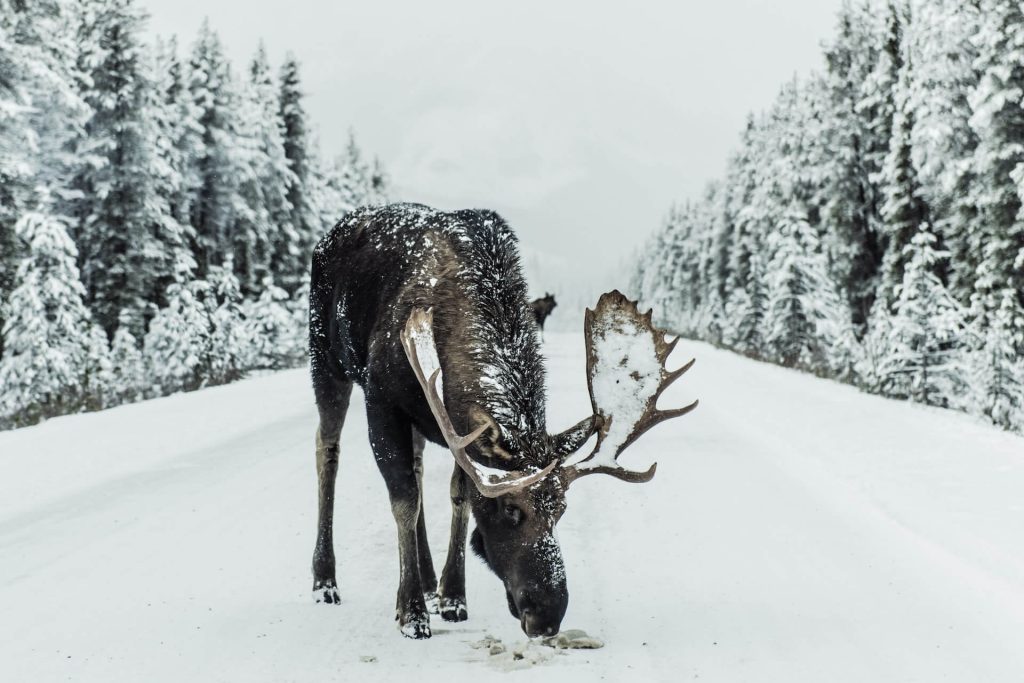As one of the world’s largest countries, Canada boasts an abundance of natural beauty that attracts tourists from all corners of the globe. From towering mountain ranges to shimmering lakes and dense forests, the country’s landscape is nothing short of breathtaking. But it’s not just the scenery that draws visitors to Canada’s national parks. These protected areas are also home to an impressive array of wildlife, from tiny insects to massive mammals.
In this article, we will explore the incredible diversity of animals that can be found in Canada’s national parks, and how these creatures are thriving in their natural habitats.
Diverse Wildlife in Canada’s National Parks
Canada’s national parks are home to an astonishing number of animal species, from the smallest insects to the largest predators. Some of the most iconic animals found in these parks include grizzly bears, black bears, moose, elk, caribou, bison, wolves, and mountain goats.

These animals have adapted to survive in the diverse environments of Canada’s national parks. For example, moose are well adapted to live in the boreal forests of northern Canada. Their long legs help them navigate through the dense underbrush, while their large noses allow them to sniff out vegetation even when it’s buried under snow. Moose are also excellent swimmers, and can easily cross lakes and rivers to reach new feeding grounds.
Similarly, grizzly bears are highly adaptable animals that can survive in a range of habitats, from alpine meadows to coastal rainforests. These impressive predators have a keen sense of smell, which they use to locate food from miles away. They are also skilled hunters, and will take down large prey such as elk and caribou when they have the opportunity.
Small but Mighty: Insects in Canada’s National Parks
While the larger animals in Canada’s national parks often steal the spotlight, it’s important not to overlook the smaller creatures that call these parks home. Insects, for example, play a crucial role in the ecosystem by pollinating plants, breaking down organic matter, and serving as a food source for other animals.

Canada’s national parks are home to a wide variety of insects, including butterflies, beetles, ants, and bees. One of the most fascinating insects found in these parks is the monarch butterfly. Each year, millions of monarchs migrate from their breeding grounds in Canada to wintering grounds in Mexico. This incredible journey takes several generations of monarchs to complete, and is one of the most remarkable migrations in the animal kingdom.
Another interesting insect found in Canada’s national parks is the carpenter ant. These ants are known for their ability to carve tunnels and galleries into wood, and play an important role in breaking down dead trees and returning nutrients to the soil. They are also a favorite food of many birds, including woodpeckers.
Challenges for Wildlife in Canada’s National Parks
While Canada’s national parks are designed to protect wildlife and their natural habitats, these animals still face numerous challenges. Climate change, for example, is having a significant impact on many animal species. Warmer temperatures are causing glaciers to melt and sea levels to rise, which is affecting the habitats of animals that live in these areas. In addition, changes in weather patterns are altering the timing of important events, such as the emergence of insect larvae or the migration of birds.

Another challenge facing wildlife in Canada’s national parks is human activity. While visitors are encouraged to enjoy the parks and observe wildlife, they must also be mindful of the impact they have on the environment. Feeding animals, littering, and disturbing natural habitats can all have negative effects on the plants and animals that call these parks home.
Conservation Efforts in Canada’s National Parks
Conservation efforts are crucial to ensuring the survival of Canada’s national park wildlife. The Canadian government has implemented numerous programs and initiatives to protect these animals and their natural habitats.
One of the most important conservation efforts is the establishment of protected areas within national parks. These areas are designated as critical habitats for species that are at risk of extinction or that require special protection. By setting aside these areas, wildlife can continue to thrive in a natural setting free from human disturbance.
The Canadian government has also introduced laws and regulations to help protect wildlife in national parks. For example, it is illegal to hunt, trap or harm any animal within a national park. This helps ensure that animals can live free from persecution and harassment by humans.
In addition to government efforts, non-profit organizations and volunteers also play a critical role in wildlife conservation. Groups such as the World Wildlife Fund and the Nature Conservancy of Canada work to protect and restore important habitats, educate the public about conservation, and support research and monitoring programs.
The Importance of Responsible Tourism
Tourism can have a significant impact on wildlife in national parks, both positive and negative. Responsible tourism practices can help minimize the negative effects while maximizing the positive benefits.
Visitors should always follow park rules and regulations, such as staying on designated trails and not feeding the animals. They should also avoid making loud noises or getting too close to wildlife, which can cause stress and disrupt natural behaviors.
Another way visitors can support wildlife conservation is by supporting sustainable tourism practices. This can include choosing eco-friendly accommodations and activities, purchasing local products, and minimizing waste.
Conclusion
Canada’s national parks are home to a diverse range of wildlife, from the smallest insects to the largest predators. These animals have adapted to survive in a range of environments, and are critical to the health of the ecosystems in which they live.
While wildlife faces numerous challenges, from climate change to human activity, conservation efforts are making a difference in protecting these animals and their habitats. Responsible tourism practices can also help support conservation efforts and ensure that future generations can continue to enjoy the incredible diversity of wildlife in Canada’s national parks.
As visitors to these parks, it is our responsibility to respect the wildlife and their natural habitats, and to support efforts to protect and conserve these important ecosystems.
